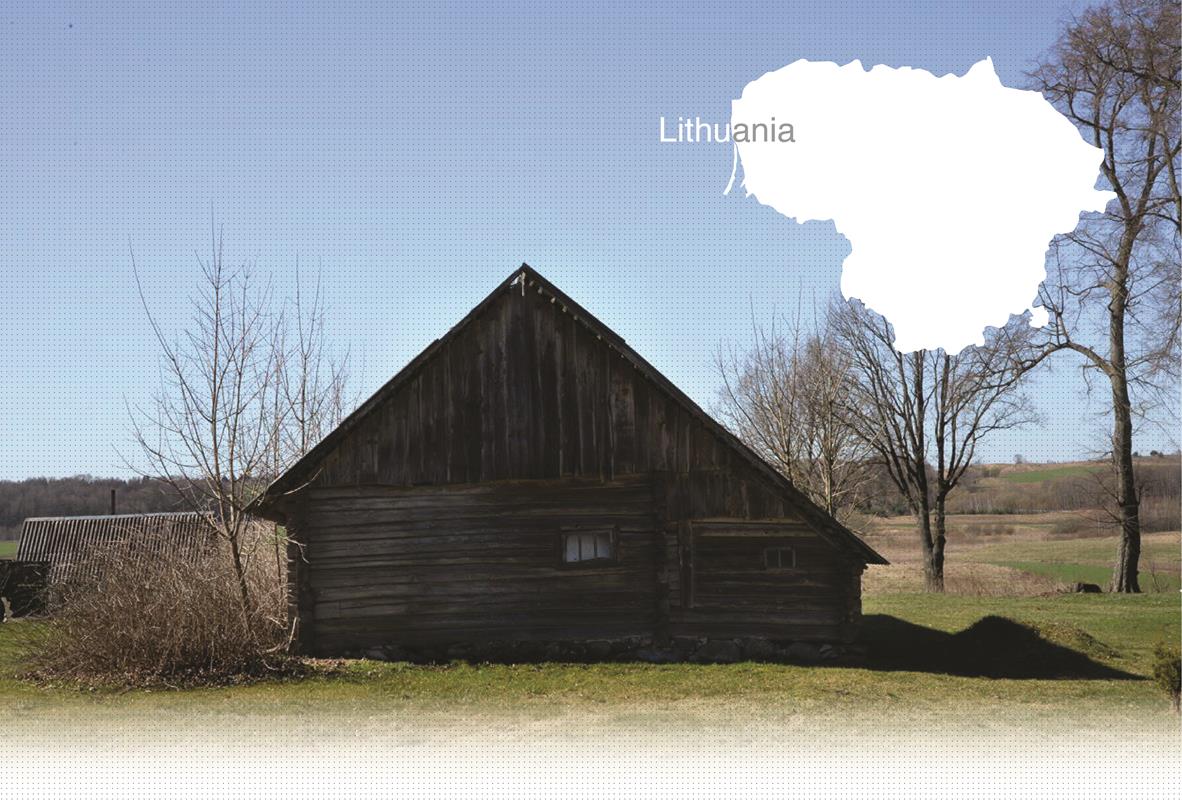

1 Killing site(s)
Mykolas T., born in 1936: "All the Jews of Pušalotas were herded onto Zailone Street, where they remained for some time under the supervision of guards known as "White Armbanders". Shortly afterward, the Jewish inmates were transported in carts, driven by requisitioned locals and people from the surrounding villages, to the nearby Šadeikoniai forest, where they were murdered. The day after the execution, I went to the forest to see their mass grave. It was a long pit, a kind of trench, already covered." (Testimony N°YIU178LT, interviewed in Pušalotas, on July 7, 2015)
Pušalotas, a small town in northern Lithuania, is situated approximately 25 km (15.5 mi) north of Panevėžys. The first Rabbinic Jews began to settle there in the early 19th century, after the Karaite community left the town. According to the 1897 census conducted by the Russian Empire, there were 920 Jewish residents in Pušalotas, making up 69% of the total population. In the summer of 1915, local Jews were forced into exile in Russia. After the end of the First World War, only some of them returned to Pušalotas. According to the 1923 census, when Pušalotas was part of independent Lithuania, the town was home to only 210 Jews, comprising 26% of the total population. Local Jews were primarily engaged in commerce, artisanal work, and agriculture. Jewish artisans offered their services as tailors, watchmakers, butchers, and more. Pušalotas was home to a synagogue, a Jewish cemetery, a Hebrew school, a library, and two factories for ceramic pots. During this period, Jews became more active in the social and cultural life of the town, including involvement in Zionist movements. However, facing negative attitudes from Lithuanian authorities, many Jews emigrated abroad, particularly to South Africa, Israel [Palestine], and the United States.
When Lithuania was annexed by the Soviet Union in 1940, the economic situation deteriorated, Jewish shops and businesses were nationalized, and Zionist movements were disbanded. By 1939, only 120 Jews remained in the town.
Pušalotas was occupied by German troops on June 27, 1941. The new authorities, including Lithuanian activists known as "White Armbanders", began persecuting and killing anyone considered loyal to the Soviet regime. According to sources, 10 Jewish men and women were murdered in the Jewish cemetery of Pušalotas in July 1941. An additional 18 Jews were shot later that month in the nearby Šadeikoniai forest.
In August or September 1941, all remaining local Jews were ordered to relocate with their belongings to an open ghetto established on Zailone Street in Pušalotas, where they remained under the supervision of the "White Armbanders". Jews were forbidden from leaving the ghetto territory. Shortly afterward, the ghetto was liquidated. According to an account from a local witness, the Aktion was conducted by the "White Armbanders". The ghetto inmates, including men, women, children, and the elderly, were loaded onto carts driven by requisitioned locals and transported to the Šadeikoniai forest, where they were subsequently shot and buried in a pit. Today, a monument has been erected to commemorate the victims, though no inscription remains to indicate the exact date of the execution.
Do you have additional information regarding a village that you would like to share with Yahad ?
Please contact us at contact@yahadinunum.org
or by calling Yahad – In Unum at +33 (0) 1 53 20 13 17